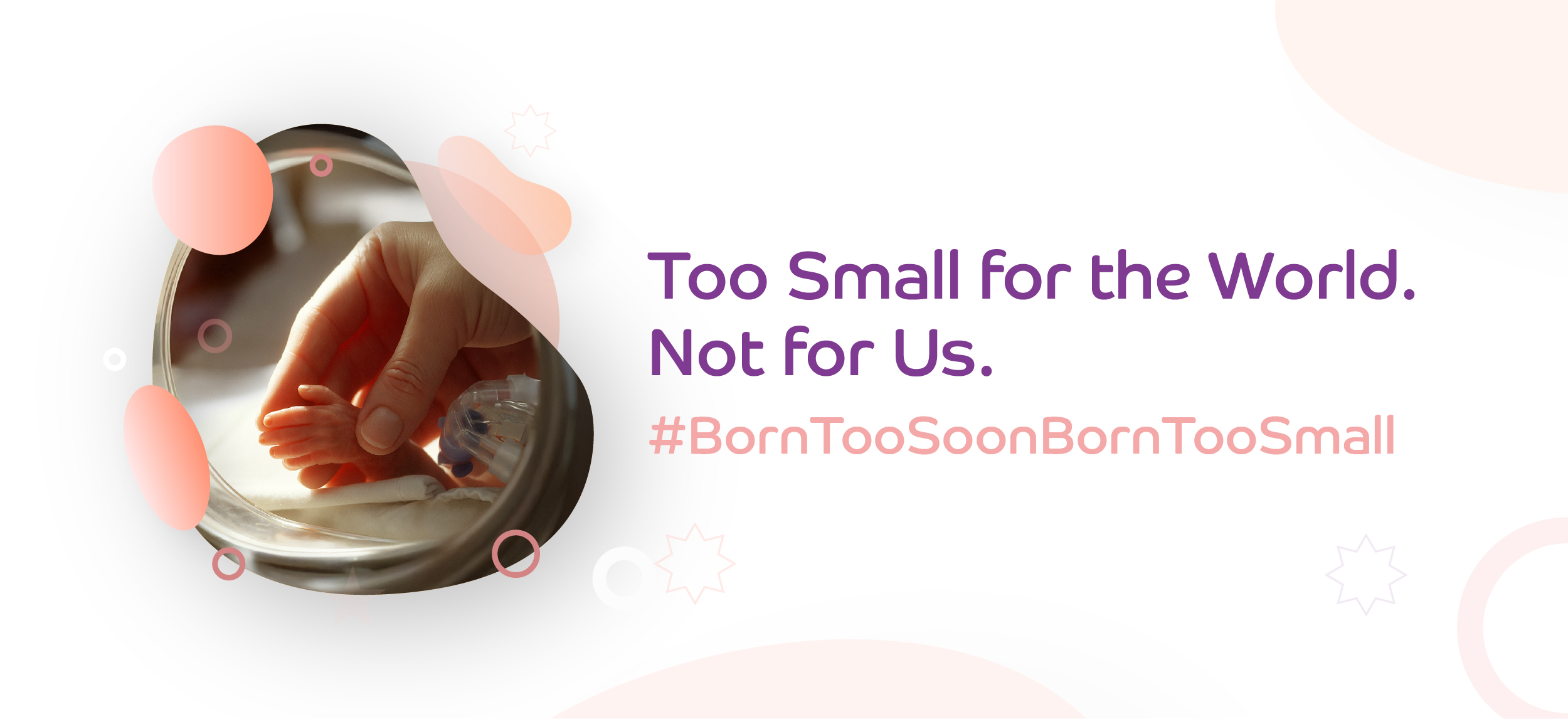Categories
Normal Delivery vs. Cesarean: Which Is Better for You?
Jul 07, 2025
When it comes to childbirth, no two journeys are the same. Some women go into labour naturally and have a smooth vaginal birth. Others may need or opt for a cesarean section. The truth is, neither method is inherently better. What matters most is the health of the mother and the baby, and making an informed decision based on medical needs, personal preferences, and overall readiness. Let us break it down so you understand both options, normal delivery and caesarean, and the rising interest in what many women call "painless delivery."
This is a common myth. Painless delivery (usually through epidural anesthesia) doesn’t stop labour, it just blocks pain. You're still very much part of the process. For most women, it actually helps them stay calm and focused, which can improve labour outcomes. The baby remains alert and healthy, and your doctor monitors both of you closely throughout.
Disclaimer:
The information provided in this blog is for general informational purposes only and should not be considered a substitute for professional medical advice, diagnosis, or treatment. Always seek the guidance of a qualified healthcare provider with any questions you may have regarding a medical condition, symptoms, or treatment options. Never disregard professional medical advice or delay seeking it because of something you have read here.
What Is Normal Delivery?
Normal delivery, also known as vaginal birth, is the natural process of giving birth through the birth canal. It can happen spontaneously or be medically induced. For many women, this is considered the ideal mode of childbirth because it is how nature designed the body to deliver.Benefits of Normal Delivery:
Faster Recovery:
Compared to the longer recovery after surgery, you will likely be up and about within hours or a day.Lower Infection Risk:
Since there is no surgical incision, the chances of infection are lower.Immediate Bonding:
Skin-to-skin contact with your baby and early breastfeeding initiation happen more quickly.Better for Future Pregnancies:
Vaginal birth is generally easier on the uterus, which can be beneficial if you plan to have more children.Challenges of Normal Delivery:
Unpredictable Labour:
It can be long and painful, especially for first-time mothers.Tearing and Episiotomy:
Some women experience vaginal tears or may require a small cut to help the baby out.Pelvic Floor Strain:
There is a risk of weakening pelvic muscles, especially without proper postnatal care.What Is A Cesarean (C-Section)?
A cesarean is a surgical procedure where the baby is delivered through an incision in the mother's abdomen and uterus. Sometimes it is planned due to medical reasons. Other times, it becomes necessary during labour if complications arise.When Is A Cesarean Recommended?
- The baby is in a breech or transverse position
- There are multiple babies
- The mother has health conditions like high blood pressure or diabetes
- Labour is not progressing, or the baby is in distress
- Placenta previa or other complications
Benefits of Cesarean:
Life-Saving in Emergencies:
A C-section can prevent serious complications when things take a sudden turn.Predictability:
Scheduled C-sections offer control over the timing of birth.No Labour Pain:
You avoid labour intensity since it's done under anesthesia.Challenges of Cesarean:
Longer Recovery:
Healing from abdominal surgery takes time, usually a few weeks longer than vaginal birth.Higher Infection Risk:
Being a surgical procedure, it carries the usual risks of infection, bleeding, or blood clots.Delayed Bonding:
There may be a short delay in holding or feeding the baby immediately after birth.The Rise of Painless Delivery
Many women today ask about painless delivery, especially first-time mothers who fear the intensity of labour. What it generally refers to is epidural analgesia, a safe and widely used form of pain relief administered during labour.How Does It Work?
An anesthesiologist inserts a thin catheter into your lower back through which medicine is delivered to numb the lower half of your body. You stay awake and alert, but the pain is significantly reduced.Things to Know:
- It does not affect your ability to push.
- The baby is unaffected and remains alert.
- It's not suitable for everyone. Your doctor will assess your health history before recommending it.
- Some women may feel numbness or weakness in their legs temporarily after the birth.
So, Which Method of Childbirth Is Better?
There is no one-size-fits-all answer. Choosing between normal delivery and cesarean depends on various factors, including your medical history, the baby's position, health risks, and sometimes, your comfort. A woman with a narrow pelvis may be unable to deliver vaginally. Another with a previous C-section might try for a VBAC (vaginal birth after cesarean). For some, the fear of labour pain leads them to request a C-section, while others feel more in control with a natural birth and ask for an epidural. What truly matters is informed decision-making. Discuss your birth plan with your obstetrician well in advance. Keep an open mind, because labour can be unpredictable. Being mentally and emotionally prepared for both possibilities can empower your birthing experience, knowing that you have the support and care of your obstetrician. Whether you bring your baby into the world through a normal delivery, a cesarean, or with the help of painless delivery techniques, remember this: there is no medal for the method. What matters is your safety, your baby's wellbeing, and the love you share from the very first breath. Rest assured, your safety and the wellbeing of your baby are always our top priority. For More Information and Appointments, Please Call:FAQs:
1. Can I choose a normal delivery if I had a cesarean before?
Yes, it's possible and it's called a VBAC (Vaginal Birth After Cesarean). But it depends on why you had your first C-section, how your current pregnancy is progressing, and whether your hospital is equipped to handle an emergency if needed. It’s something to talk about early with your obstetrician, who can guide you based on your specific case.2. Does normal delivery stretch or damage the body permanently?
Not permanently, no. Your body is built for birth. While you may experience vaginal stretching, mild tearing, or temporary pelvic floor weakness, most of this heals with time, rest, and postnatal exercises. In fact, with proper care, most women recover fully and regain strength within weeks. If you're worried, ask your doctor about guided physiotherapy after delivery. It works wonders.3. Can I request a cesarean even if there’s no medical need?
In some hospitals, yes. This is known as an elective cesarean. But it’s a decision that requires honest discussion. A C-section is major surgery, so doctors will walk you through the risks, recovery, and long-term effects. If fear of labour is your main concern, there are ways to manage that, like prenatal counselling or pain relief options during normal delivery. 4. Will painless delivery slow down labour or harm the baby? (H3)This is a common myth. Painless delivery (usually through epidural anesthesia) doesn’t stop labour, it just blocks pain. You're still very much part of the process. For most women, it actually helps them stay calm and focused, which can improve labour outcomes. The baby remains alert and healthy, and your doctor monitors both of you closely throughout.
Disclaimer:
The information provided in this blog is for general informational purposes only and should not be considered a substitute for professional medical advice, diagnosis, or treatment. Always seek the guidance of a qualified healthcare provider with any questions you may have regarding a medical condition, symptoms, or treatment options. Never disregard professional medical advice or delay seeking it because of something you have read here.











